Leeham News and Analysis
There's more to real news than a news release.
Pivotal year for A380
Subscription Required
Introduction
June 12, 2017, © Leeham Co.: This is a pivotal year for the Airbus A380.
Sales have dried up. Singapore Airlines is retiring five early versions of the airplane and there is no new home for them—these may headed for the scrap heap.
The Middle Eastern carriers, which are the largest users for the airplane, are in turmoil.
The backlog remains weak. Aside from Emirates Airline, which as noted is in turmoil, the other orders are with carriers that are unlikely to take delivery.
Summary
- The A380’s future rests with Emirates Airline.
- Any Performance Improvement Package is dependent upon Emirates placing a new order.
- Boeing’s new 20-year forecast eliminates the passenger 747-8 from the Very Large Aircraft sector. Airbus continues to forecast a need for 1,400 VLAs.
- Airbus to decide this year whether to reduce production rate below 1/mo in 2019.
Etihad Airways: where to now?
By Bjorn Fehrm
May 24, 2017, ©. Leeham Co: Etihad Airways appointed a new interim group CEO and CFO on 8th of May. The strategy of James Hogan, Etihad CEO since 2006, to grow the airline through partner alliances, coupled with minority investments, has hit trouble.
The latecomer to the Gulf carrier’s growth party is now set for a strategy review by an incoming CEO.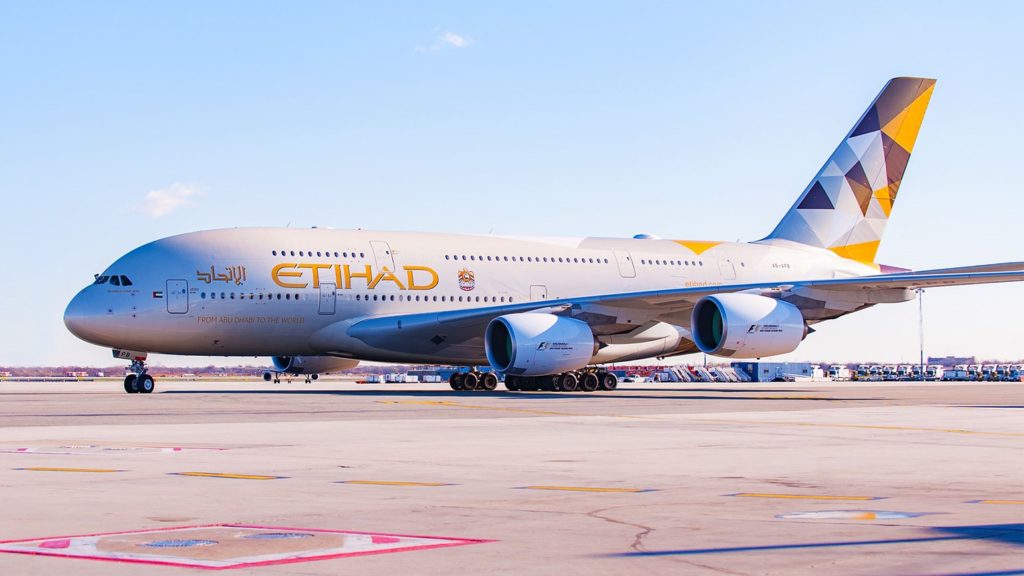 We describe the background to the problems and go through the options for Etihad’s future. Read more
We describe the background to the problems and go through the options for Etihad’s future. Read more
Middle Eastern airline turmoil hits Boeing
Subscription Required
Introduction
April 10, 2017, © Leeham Co.: Tim Clark of Emirates Airline said the new breed of long-haul, low cost carriers are hurting EK’s load factors and yields.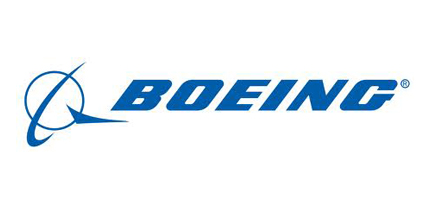
Etihad Airlines’ business strategy of taking financial stakes in LCCs hasn’t produced the positive financial results desired.
Three big airlines, EK, EY and Qatar Airways, face over-capacity now compounded by electronic carry-on restrictions by the US and UK.
The thee carriers largely compete for the same connecting traffic through hubs only 72-235 miles apart (Figure 1). This is like having hubs in Milwaukee and Chicago (81 air miles apart) and Chicago-Detroit (237 air miles) with much, much smaller domestic catchment basins.
Summary
- Declining financial results for Emirates, Etihad.
- Deferring airplanes: 787s, 777X
- Long-haul LLC, Trump travel ban, poor investments hurt the airlines.
Major fleet decisions may not be positive for Airbus, Boeing
Pontifications is off this week.
Subscription Required
Introduction
March 20, 2017, © Leeham Co.: There are some major fleet decisions that will probably come down the pike this year at American, Delta and United airlines. Not all of them are going to be viewed positively by Airbus and Boeing.
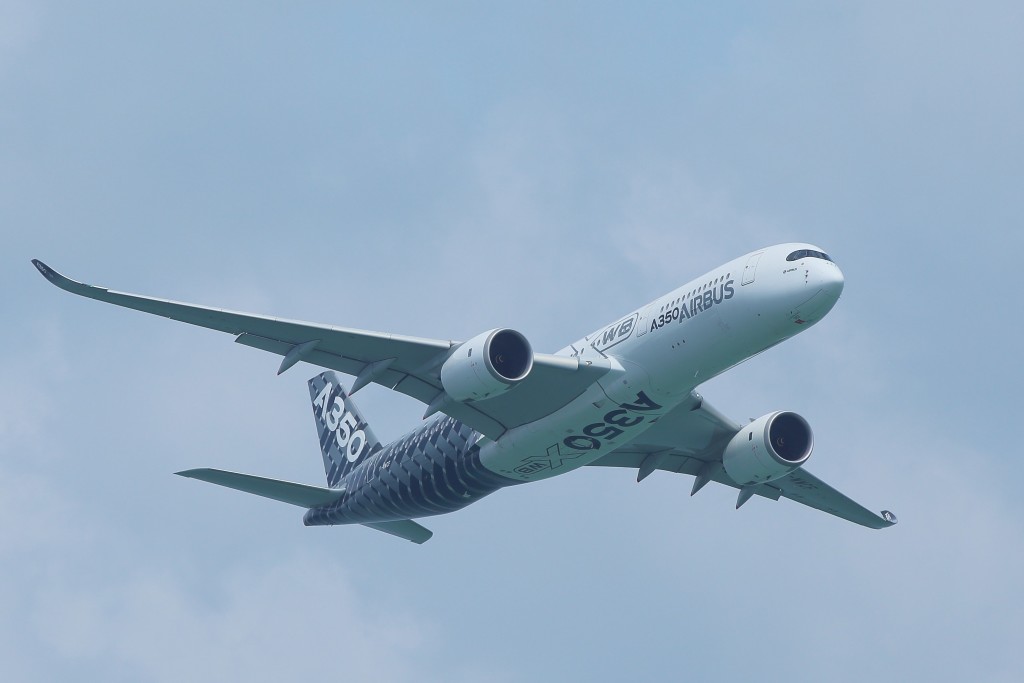 There is also a serious warning sign emerging from the Middle East that could have serious, negative impacts on Airbus and Boeing.
There is also a serious warning sign emerging from the Middle East that could have serious, negative impacts on Airbus and Boeing.
Summary
- American Airlines doesn’t want its Airbus A350-900s any more. Consolidation with US Airways appears to have made these surplus.
- Delta Air Lines, which so far eschewed any orders for the Airbus A320neos and Boeing 737 MAXes, is understood to be readying a Request for Proposals to be issued this year.
- United Airlines doesn’t want its Airbus A350-1000s any more. Picking up cheap Boeing 777-300ERs appear to have made these surplus.
- Emirates Airlines, reacting to Brexit and Donald Trump’s travel bans, is undertaking a full business review in response to a sharp drop in bookings.
A380, from flagship to LCC mass transport
By Bjorn Fehrm
January 23, 2017, ©. Leeham Co: The Airbus A380 was introduced as the flagship aircraft for an airline’s fleet. Legacy carriers with a large long-haul network introduced the aircraft on the routes with the most traffic in the network. After an initial rush of inductions, only Emirates continued to buy the aircraft in larger numbers. The aircraft had become too large for the airlines which sought frequency over capacity at their hub airports.
Airbus and its leasing partner, Amedeo, are convinced the aircraft will have a second spring when airport congestion has grown in the next decade. Until then, both are seeking the market niches that will keep production at minimum one aircraft per month.
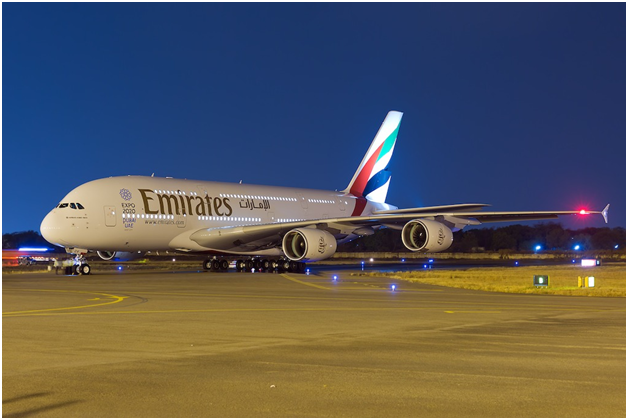
We sat with Amedeo’s CEO, Mark Lapidus, at the Air Finance Journal conference in Dublin to find out what market will require a new or used A380. Lapidus has spent the last two years in meetings with the world’s major airlines, discussing all aspects of operating an A380. He presented some surprises.
2017, a tougher year for European airlines?
By Bjorn Fehrm
January 5, 2017, ©. Leeham Co: The last two years have seen increased profits for the airline industry. Lower priced fuel gave the industry time to breath and to finally earn a reasonable Return on Invested Capital (ROIC).
Earnings as a percent of revenue for the industry has been increasing from 5% on a worldwide basis in 2014 to around 10% for 2016, Figure 1.
The US and European airlines have been topping the earnings with 18% on revenue for the third quarter of 2016. There are many signs this will not continue in 2017, especially for European airlines. Read more
Emirates feels low-cost, long-haul competition
Note: Nov. 24 and 25 are Thanksgiving Holidays in the US. Our next post will be Monday.
By Bjorn Fehrm
23 November 2016, ©. Leeham Co: Emirates Airline president Tim Clark says the carrier “has to change its approach to long-haul pricing to combat increasing competition” after presenting a half year 2016 profit which plunged 64% on 9 November.
The reason is that traditional mainline carriers are entering the low-cost, long-haul market in addition to the established LCC entrants: Norwegian Air Shuttle, AirAsiaX and Wow Air.
Emirates will add new low-cost fares to keep its growing fleet of Airbus A380 and Boeing 777 filled. Clark states this is necessary and that the airline will not back down on its plans for additional aircraft. It will be a period “of fierce competition as more and more international network carriers are entering low-cost, long-haul,” declares the COO.
What has changed? Isn’t Emirates the Kings of competitive long-haul travel? Read more



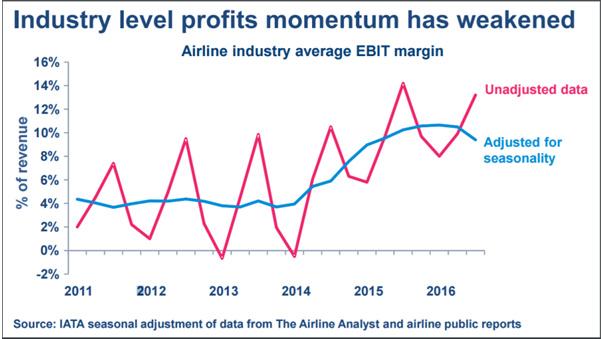

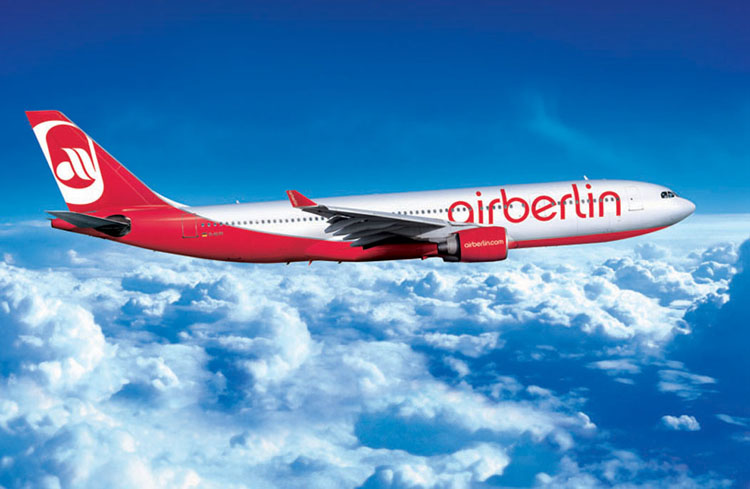
Market, other factors emerging, creating Boeing 787 concern
Subscription Required
Introduction
Jan. 4, 2017, © Leeham Co.: Despite a rosy picture painted by Boeing about the future of the 787 and the ability to recover more than $29bn in deferred production
Boeing photo.
and tooling costs, there are signs that cause concerns over the next 3-5 years.
Summary
Read more
2 Comments
Posted on January 4, 2017 by Scott Hamilton
Airbus, Airlines, Boeing, Etihad Airways, ExIm Bank, Leasing, Leeham News and Comment, Lessors, Premium
787, 787-10, 787-8, 787-9, A330ceo, A330neo, A350, Airbus, Boeing, China, Donald Trump, Etihad Airlines, ExIm Bank